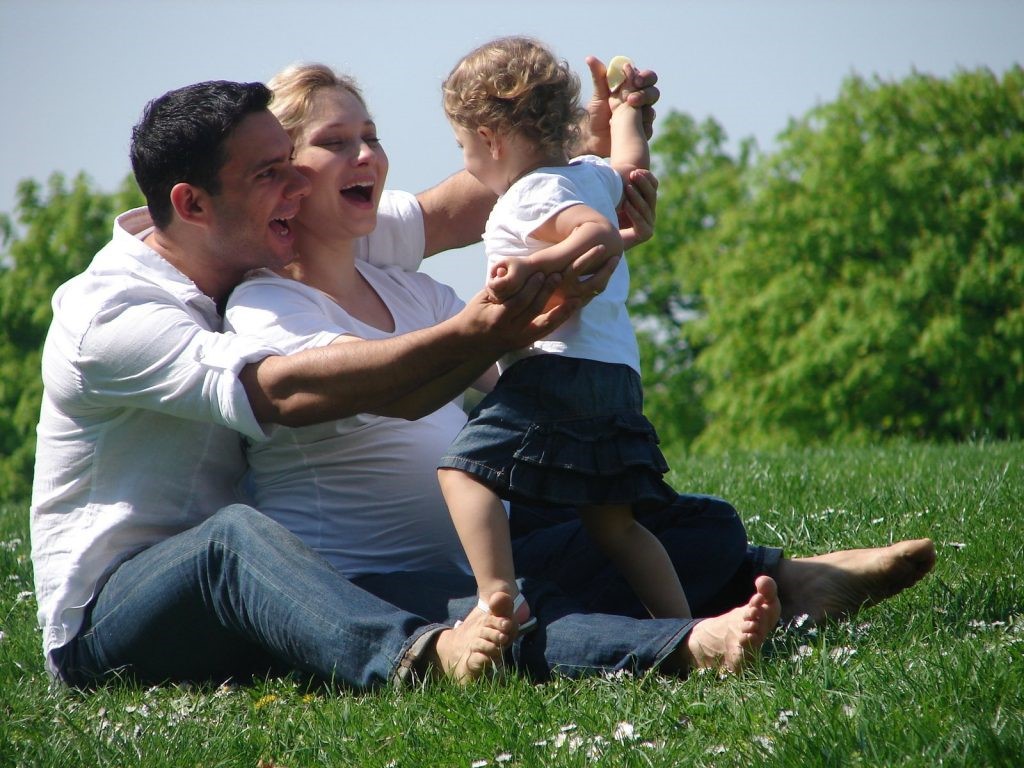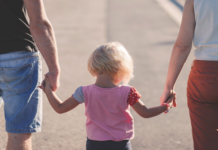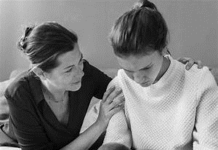Child abuse is a crime that affects, at the very least, one out of ten boys and one out of five girls, reason why we must be on the alert to the signs and the people that surround our children, in order to know how to prevent these crimes and how to help those who may, unfortunately, already have been victims of it.
What you should know about child abuse
Abuse occurs when an adult – or older minor – forces a child to have sexual contact under threat of pain, manipulation, blackmail, bribery or physical force. Child abuse is considered to have taken place when: i) the child touches the abuser’s genitalia or ii) is touched in his or her genitals by the abuser. It is also considered abuse when the child is exposed to pornography or is made to participate in a pornographic production.
Potential abusers are generally those that are already near the victim; oftentimes, besides knowing their abusers, children actually trust them. According to statistics, 65% of child abuse cases are perpetrated by family members. Second place in that list are care providers, including teachers and babysitters, regardless of gender.
It’s even more worrying to know that, once an abuser has decided to commit a crime, be it once or regularly, they win the trust of the children and plan beforehand. Once the abuse takes place, the criminal will seek the trust of the child’s family in order to use it as a means to protect themselves.

Children in vulnerable situations (violent domestic lives, lack of love, attention and respect, among others) are those most likely to end up in situations of abuse. The fact that oftentimes, criminals face no punishment for their actions has led to an increase in abuse cases, which makes it even more important for this problem to be brought to attention.
A new way in which children are being targeted in this new, digital era is via Grooming, a method in which teenagers with access to electronic devices are the most vulnerable ones. This is because pedophiles may contact their victims via web, which makes the aggressions occur faster, via blackmail of by publishing personal images.
While grooming has always existed, its current iteration, which happens via social media, has the abuser knit a tight net around his or her victim before finally attacking. They do this by using praise, trust, blackmail and isolation, hiding behind a fake identity, all in the name of sexual satisfaction.
Prevention is the key

In order to prevent these child abuse cases, the American Academy of Pediatrics recommends that parents:
- Talk to their children and explain what abuse is. If the child’s school covers the subject, they should to the children about they have learned.
- Privates. They should teach their children about their private parts and their respective names, emphasizing the fact that their body is their own and how they should always ask for help when they feel uncomfortable.
- Pay attention. Above all, if a child wants to talk about something but clearly has problems doing so.
- Know the people that spend the most time around your children. Make unexpected visits to the places where they are cared for.
It’s important for parents to know how to listen to their children, and to always give the situation the importance and seriousness it requires, considering the fact that children often set aside anything that makes them uncomfortable.
Child abuse cases are violent ones, be it passively or actively, something that should always be taken in consideration when a child claims he or she is being abused. If a child is ignored or his or her words are taken as lies, they won’t take the first step when it comes to informing someone of their issues, which makes them more vulnerable to continuous abuse which could go on for months or even years.

When you talk to a child about this subject, make it clear that whatever happened was not his or her fault, and – with love and understanding – let him or her know that you will help. Tell them you are proud of the bravery they displayed by speaking out, and demonstrate your understanding. Whatever anger you may feel, make it clear it is not directed to him or her.
Pay close attention to any physical pain a child may have: they are clear signs something is hurting them that must be tended to as soon as possible.
When we identify sexual abuse, we must immediately alert authorities. Knowing that justice has been done will be fundamental for the child’s healing process, and will help them during their growth and adult years.









